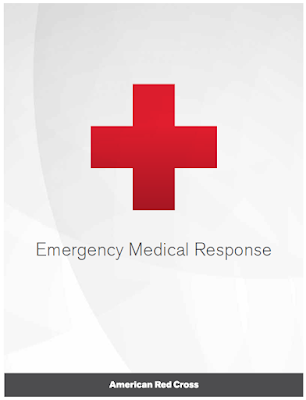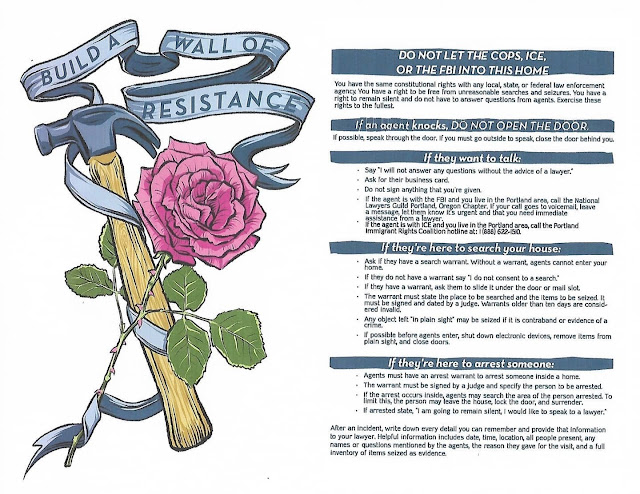Emergency Medical Response - Red Cross
Red Cross Emergency Medical Response (https://www.redcrosslearningcenter.org/s/candidate-emergency-medical-response) is a dynamic 56-hour course featuring lecture, video, simulated emergency situations, discussion and hands-on skill practice based on the national EMS curriculum requirements and educational standards. While Emergency Medical Response (EMR) does not provide state licensure or certification as an Emergency Medical Responder, this course is ideal for anyone wanting to receive training similar to the training EMS professionals receive as they enter careers in healthcare, public safety, or law enforcement.
Download and study the course text, review the PowerPoint presentation, and watch the course videos. Combined with hands-on practice of the practical skills, Emergency Medical Response serves as a good foundation for street medics, that goes beyond basic first aid.
Videos
- Emergency Medical Responders (0:49)
- The Role of the Emergency Medical Responder (1:02)
- Bloodborne Pathogens Training: Preventing Disease Transmission (15:00)
- The Human Body (15:15)
- Performing a Primary Assessment (2:36)
- Using a Resuscitation Mask (3:31)
- History Taking and Secondary Assessment (9:41)
- Secondary Assessment for an Unresponsive Patient (2:11)
- Giving Ventilations—Adult, Child and Infant (3:33)
- Using a Bag-Valve-Mask Resuscitator (2:27)
- Using a Mechanical Suctioning Device (1:18)
- Using a Manual Suctioning Device (1:02)
- Choking—Adult and Child (2:49)
- Choking—Infant (1:41)
- Oxygen Delivery (3:02)
- CPR—Adult and Child (6:17)
- CPR—Infant (2:48)
- Two-Responder CPR—Adult and Child (3:15)
- Two-Responder CPR—Infant (2:15)
- Using an AED—Adult, Child and Infant (3:23)
- Altered Mental Status (1:39)
- Seizures (2:49)
- Diabetic Emergencies (2:00)
- Stroke (4:11)
- Cold-Related Emergencies (3:15)
- Shock (1:58)
- Controlling Bleeding (3:13)
- Using a Commercial Tourniquet (1:23)
- Caring for Burns (6:16)
- Injuries to Muscles, Bones and Joints (1:58)
- Splinting (1:29)
- EMS Support and Operations (11:34)
- Hazardous Materials Emergencies (1:15)
- Incident Command and Multiple-Casualty Incidents (2:16)
- Asthma (2:57)
- Injuries to the Head, Neck and Spine (3:57)



Comments
Post a Comment